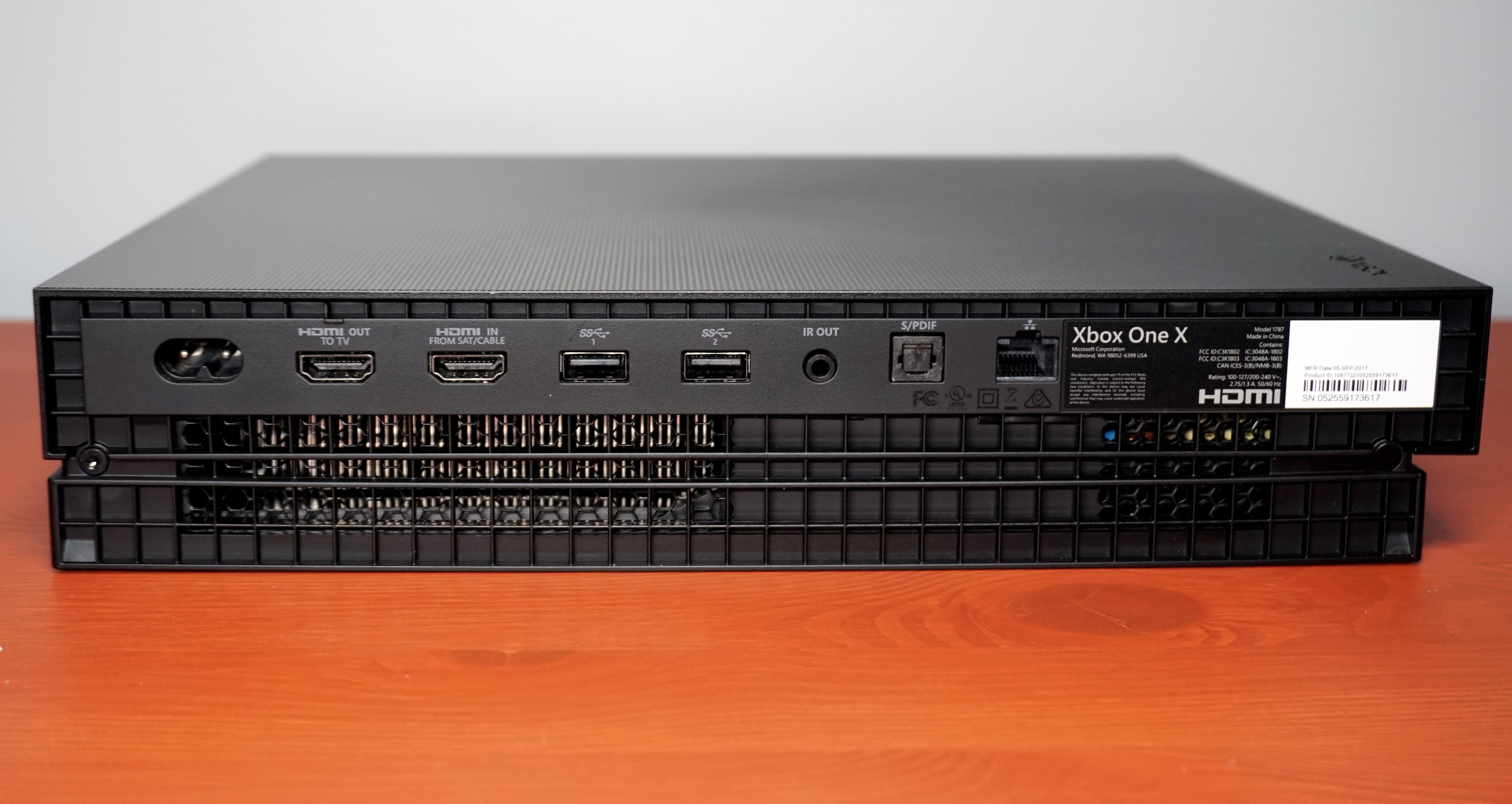A Comprehensive Guide to Xbox One Ports and Controller Connectivity
Choosing the Best Controller Connection Method
The Xbox One provides flexible options for connecting controllers through either wireless Bluetooth or wired USB connectivity. While wireless is the default and preferred method for most players, wired connections remain important for some use cases. Choosing between wireless or wired ultimately depends on factors like the number of controllers needed, desired throughput, and potential for lag issues. With both wired and wireless modes supported natively by the console, users have flexibility to pick the right connection type for their gaming needs and setup.
Understanding the Xbox One’s Built-in Port Configuration
Out of the box, the Xbox One includes three USB 3.0 ports for connecting accessories and expanding functionality. The console has two rear-facing USB ports as well as a single side-mounted USB port that provides convenient access. While all three ports support USB headphone adapters, storage devices, and controllers in wired mode, one limitation is that connecting an external HDD will use up one of the precious ports. Thankfully, solutions exist like USB hubs that make it possible to add additional virtual ports without sacrificing internal storage expansion. Regardless of port usage, it’s important for gamers to understand their Xbox One’s native I/O capabilities before investing in peripherals or determining wireless vs wired needs.
Maximizing Controller Connectivity with USB Hubs
A cost-effective way to significantly increase the number of potential USB devices on an Xbox One is by using a USB 3.0 hub. Hubs come in both powered and unpowered varieties, with powered hubs generally providing better reliability under heavy load. Multi-port hubs add virtual USB ports that function identically to the console’s native ports. This allows gamers to easily connect multiple wired controllers, storage drives, keyboard/mice and more - all without taking up the Xbox’s limited built-in ports. Leading hubs support 4, 7 or even 10 additional USB devices simultaneously. For large local multiplayer gamers wanting wire-free use of every controller, a powered USB 3.0 hub is an essential purchase.
Evaluating Alternatives Like USB Splitters
While hubs expand capabilities elegantly, some users look for even lower cost options. USB splitters provide another way to theoretically connect multiple controllers or devices from a single port by splitting the bus. However, this method introduces potential issues not seen with hubs. Splitters are likely to induce higher latency or “input lag” between the controller and console due to the additional points of failure in the transmission path. Even the best low-cost splitters may struggle to maintain a reliable, lag-free experience across several controllers during intense gameplay. For that reason, Microsoft does not officially endorse or guarantee performance from splitters. Considering the negligible cost difference between splitters and quality hubs, it’s usually best to spend a bit more upfront for a proven solution avoiding compromise.
Official Guidance and Limitations
According to Microsoft’s published support information, the Xbox One is officially rated to support a maximum of three wired controllers connected simultaneously. While higher counts are possible through hubs and other workarounds, anything beyond three inputs is technically outside the console’s specifications. Testing has shown hubs to function flawlessly with four or more controllers in most cases. However, very large controller counts closer to the hub’s maximum port rating may start encounter occasional disconnects or other instability. Gamers pushing the documented limits should be prepared for potential issues. Official Xbox guidance is usually a conservative baseline, with third party solutions often enable further expansion safely. Understanding stated limitations avoids future frustration.
Choosing Between Wireless and Wired Modes
With ports, hubs and controller connectivity options clearly defined, the choice between wireless or wired is easier to evaluate. Wireless remains more convenient and versatile in many scenarios. However, wired avoids rare interference quirks, delivers lower latency critical for esports, and remains the only option for large controller counts. Some gamers even prefer wiring controllers for reliability during marathon sessions. Regardless of preference, the Xbox One conveniently supports both modes out of the box. Those considering a large number of simultaneous controllers will certainly favor wired, while most others benefit from the freedom of wireless or can dynamically switch between the two. Having versatile, official support for either wireless or wired is a big advantage of the Xbox platform.
Longterm Viability for Expanding Controller Setup
As the console generation stretches onward, accessory compatibility remains crucial for continued gameplay. While wireless hardware occasionally needs refreshing batteries or repairs, wired connections age more gracefully when properly maintained. USB controllers and adapters routinely outlive full console life cycles without obsolescence worries when ports and standards don’t change. This gives wired gear retained longterm value making big bundled packs more economical over many years versus constant wireless peripheral replacement. It also ensures previous generation accessories seamlessly carry forward to new consoles preserving large existing controller collections. For sustained large parties or local co-ops, a future-proof wired ecosystem makes the most financial sense in the long run.
Conclusion - Flexible Options for Any Situation
In closing, the Xbox One delivers both reliable wireless and wired capabilities for connecting controllers tailored to various player needs and setups. Whether preferring the simplicity of Bluetooth wireless, the low-latency of direct USB, or needing to support many simultaneous inputs, solutions exist to accommodate every scenario. Basic ports on the console lay a foundation, while quality hubs let gamers customize connectivity further. With supported local multiplayer being such an Xbox strength, the flexible options provided set the platform apart for group activities big or small. By understanding port configurations, native limitations, and expansion paths like hubs - players stay equipped to enjoy their Xbox One controllers however works best for any situation long into the future.
